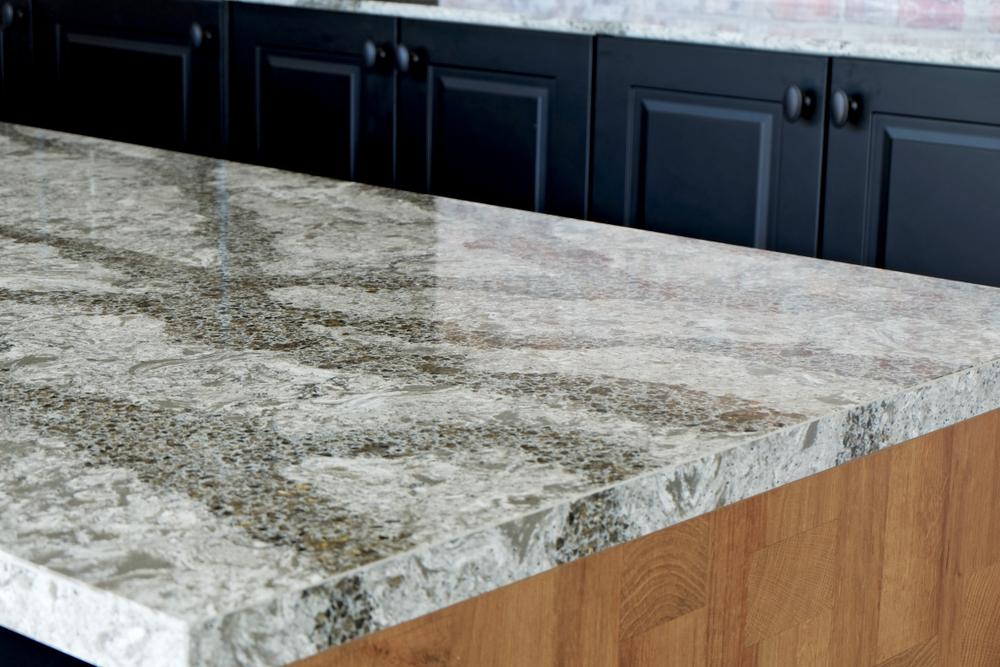A new report has urged the Australian government to impose a total ban on engineered stone after it was linked to a high risk of causing deadly lung diseases.
Engineered stone is commonly used in kitchen and bathroom surfaces such as countertops and benchtops, but it has been a topic of controversy as it can contain up to 95 percent of silica, compared to five to 50 percent in natural stone.




